2018 Soybean Season: Challenges and Rewards
And, what a phenomenal finish for the checkered flag! The adage—whatever does not kill you can make you stronger—may have played out in true fashion in many ways this growing season. While every year is made different by the temperature and moisture extremes endured, the 2018 season end results seem to be well received by growers via comments and my personal observation throughout the state. Frankly, many folks predicted there was going to be a big bean crop in 2018 and they really hit the nail on the head. Recently, the USDA pegged Illinois at a record 64 bushels [...]
Planting Soybeans in March? Maybe Not
There has been a lot of buzz lately in the soybean world about planting soybeans super early. Is this method of planting soybeans early all hype or is there an actual yield ‘bump’ behind the madness? As farmers continue to push the planting date on soybeans, little research has been done on planting soybeans in March. In pursuit of my master’s degree from Iowa State University, I have chosen to study the planting of soybeans in March. This research project is designed to help identify if there is a yield increase over April-planted soybeans. Currently, the University of Illinois [...]
The Economics of Fertilizer Application
By Gary Schnitkey and Dan Davidson Today there are two certainties – corn and soybean prices are depressed and corn and soybeans both will yield if fed and managed intensively. Here is the dilemma growers are faced with - do they cut back on inputs to reduce cost and at same time reduce yield potential, or do they continue to invest in yield, albeit smartly based on return on investment? There is no easy answer to this challenge. After land costs, fertilizer expenses are the single biggest cost accrued when producing a crop. So trimming some dollars from the [...]
Fall Tillage Considerations
Tillage is a popular practice across Illinois and it still seems to have its place in a high yield soybean production system. It also simplifies decisions that no-tillers must consider such as handling residue, cooler and wetter soils the spring and more potential for seedling diseases and nutrient tie up. Farmers know that tillage provides two main benefits: It blackens and loosens the soil in the fall so it dries and warms more quickly in the spring. In heavier soils in central and northern Illinois and tighter clay soils in the south, tillage can help guarantee a good stand [...]
Water, Water Everywhere – And Not a Drop to Drink
A corridor of the Midwest stretching from Nebraska through Iowa and into Northern Illinois has been receiving almost continuous rainfall for an extended period this harvest season. This pattern has made it difficult, if not impossible to harvest soybeans. The current scenario doesn’t fit what we might think of as a typical situation of repeated wet/dry cycles where the soybeans get wet in a rain event, then dry out, rain again, dry, and so forth. The combination of rainfall, high soil moisture and high atmospheric humidity have prevented these beans from drying further since the first week or so [...]
2018 Harvest: What Makes the Soybean World Go ‘Round?
October has arrived and the 2018 soybean growing season is wrapping up in Northern Illinois. It’s always interesting, as well as a good idea, to look back over the past six months and see what was in the forefront of our minds as the growing season developed, what we worried about that didn’t impact the crop as much as we thought it might, and what surprised us. One important recommendation that has been endorsed for improving soybean yields has been planting soybeans “early.” Many growers have taken this recommendation seriously and I’ve seen it being adopted in many operations [...]
Attend Farm Progress Tech Forum
This article was originally published September 25, 2018, in Corn & Soybean Digest. Click to read the original article online. Midwest farmers and row-crop advisors can learn valuable take-home precision solutions to increase return on investment on every acre at the Farm Progress Tech Forum, November 27 – 28, 2018, in Coralville, Iowa. This 1.5-day forum is designed to update your specific precision farm skill set with the latest, most critical techniques and strategies. Attendees will learn from industry techs, recognized university specialists, a variety of agronomists, national ag tech investment leaders and top-performing farmers/advisors. Our goal with this [...]
New Insights into Nitrogen Fixation
Nitrogen is a key ingredient in soybean production, how does it help the plant. As a legume, Bradyrhizobium bacteria infect a root of a soybean plant and the plant builds nodules to house them. A community of rhizobia in the nodule grab nitrogen (N) from the soil and “fix it” into a form that a plant can use. The plant in turn feeds the microbes—this is not in dispute. However, the amount of nitrogen fixed is estimated to be enough for 50-bushel soybeans, with the rest coming from the soil. With the pursuit of 80, 90 or 100 bushels, [...]
Post Season Soybean Evaluation
Well, most soybean fields have been harvested and it probably felt good to combine that last acre for the season. But your work isn’t over yet. As harvest ends and fall work slows down, take the time to evaluate how soybeans did overall and in individual fields. And do this before making your final soybean variety placement decisions for next season. Mastering soybean production to produce consistently high yields is about understanding limitations, fine-tuning management and adopting the newest proven practices. And soybeans do respond to management just like corn, but it are more fickle and you need to [...]

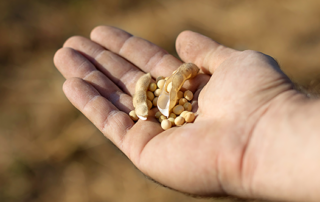
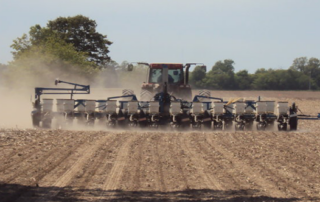
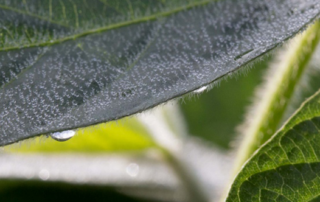
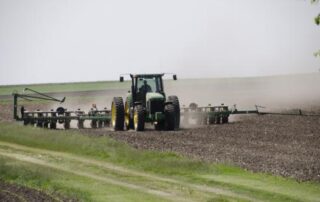
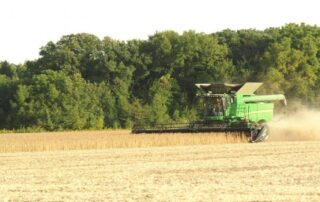
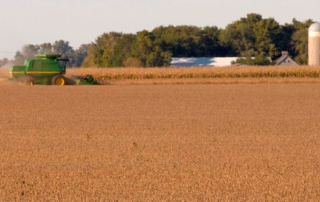

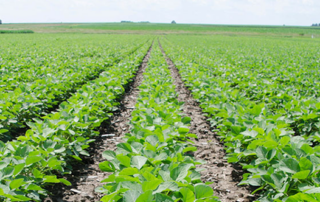
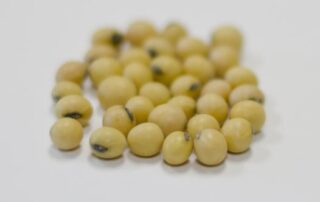



 and then
and then